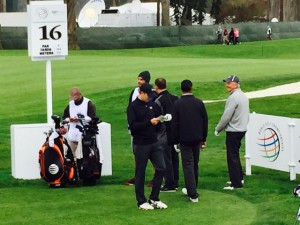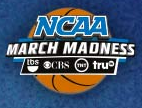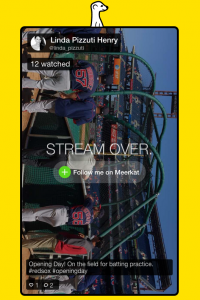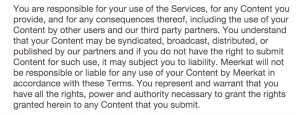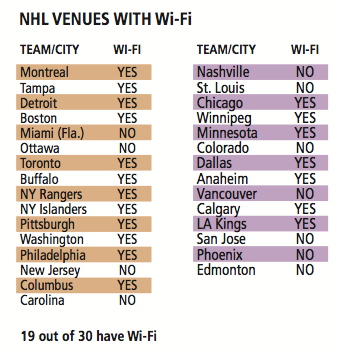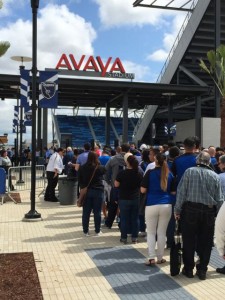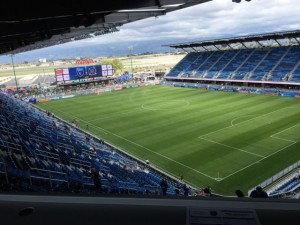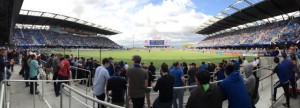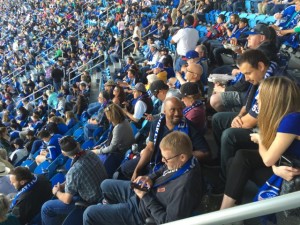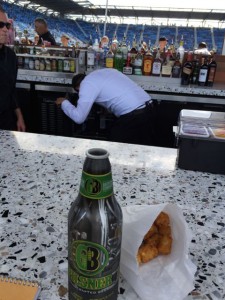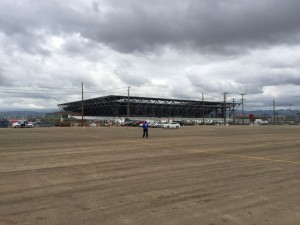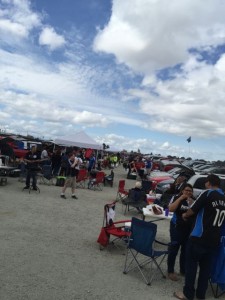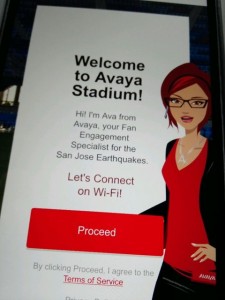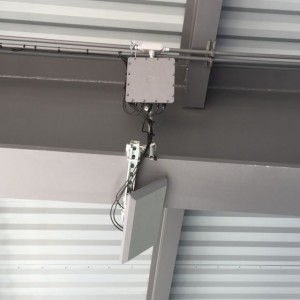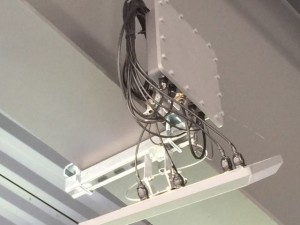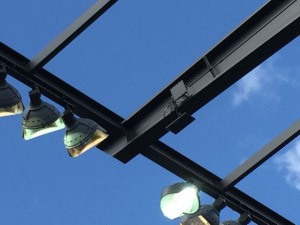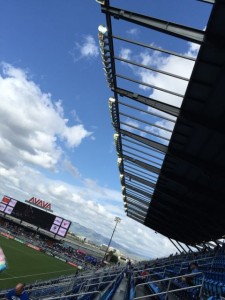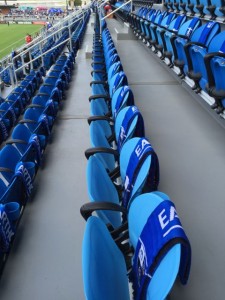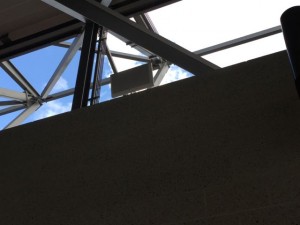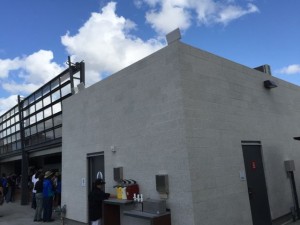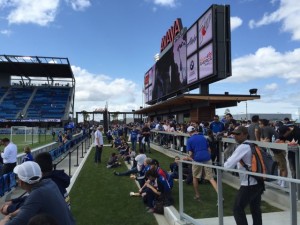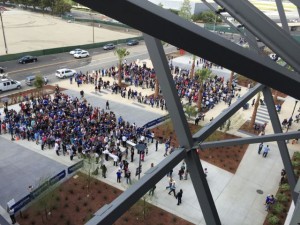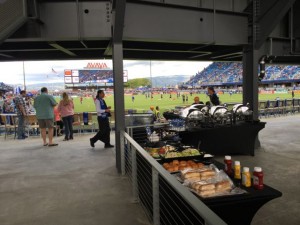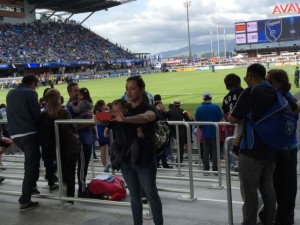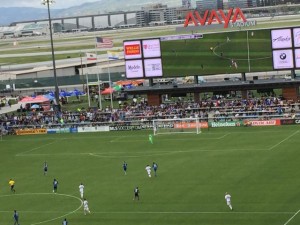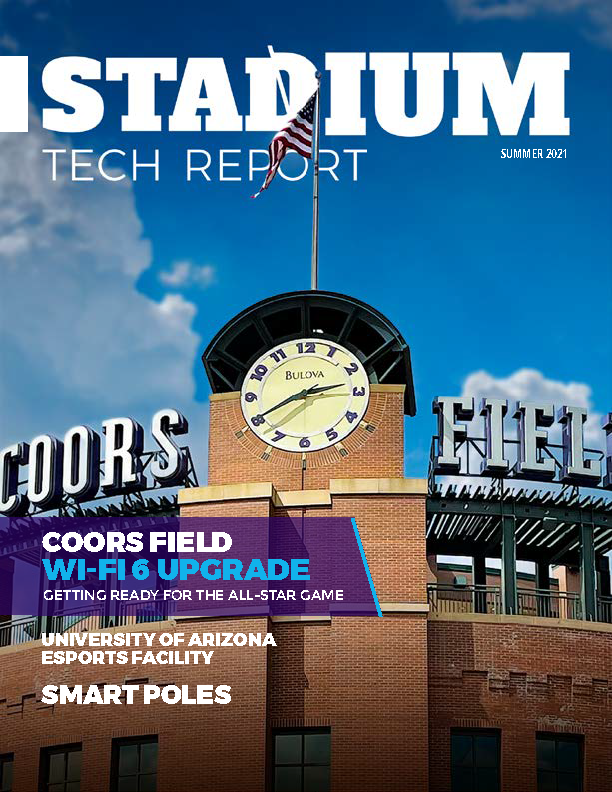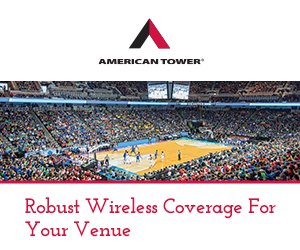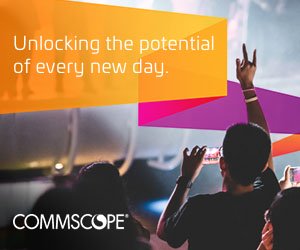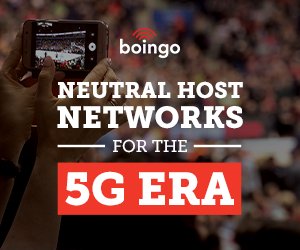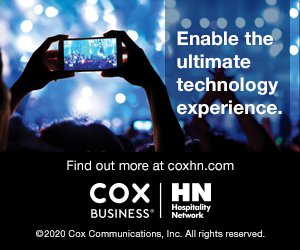
MLBAM’s Bob Bowman (L) and PGA Tour commissioner Tim Finchem announce the new PGA Tour Live service at the WGC Match Play event. Credit all photos: Paul Kapustka, MSR (click on any photo for larger image)
At a press conference held on the scene of this week’s World Golf Championships Match Play event at the Harding Park course, PGA Tour commissioner Tim Finchem said the tour is partnering with Major League Baseball’s Advanced Media entity (MLBAM) to produce a service called PGA Tour Live that will bring live Thursday and Friday golf coverage to any digital device for a small fee.
“I think you can see the possibilities” for such a service, said Finchem, who jointly presided over a press conference announcing the service with Bob Bowman, president of business and media for Major League Baseball. Finchem noted that at several recent PGA events there were some early rounds that fans couldn’t watch since they happened before the scheduled broadcasts came on air. With PGA Tour Live, he said, fans will be able to use phones, tablets or laptops and desktops to watch live action via the Internet.
According to MLBAM and the PGA the service will eventually be available from more than 30 events per season, and will show two “featured groups” from each event, similar to how many of the bigger tournaments like the Masters currently use online outlets to show live action. The service (you can sign up to get notified about its launch) is expected to launch sometime later this summer.When asked the key question — how much this would cost — Bowman replied that the price wasn’t yet set, but that he thought it would be in “single digits” per event, meaning less than $10.
“Great content is not free, but I think this should be in single digits,” said Bowman, looking across the podium at Finchem to see if the tour’s boss agreed. “Lower is better.”
Bowman said in an interview after the press conference that the PGA would handle the content capture part of the service, and then would send the content to MLBAM for coding and processing on the Internet. While MLBAM already makes hundreds of millions showing live baseball action online, there are some extra hurdles to jump over to get content out from golf courses, which typically don’t have as much installed infrastructure. But Bowman also noted that at major events like the WGC tourneys, having mobile equipment isn’t a problem.
“If you look around here, you’ll see something like 40 [equipment] trucks,” Bowman said. “These are major media events, and it won’t be a problem [getting video from the courses]. This isn’t your grandfather’s golf tournament anymore.”
